One piece of unfinished business from President Donald Trump’s first term is getting another look: reprivatizing Fannie Mae and Freddie Mac. On June 17, an oversight board of the agency that controls the companies announced it would meet just days after the president posted his intention to release the mortgage giants from nearly two decades of government control.
The meeting announcement renewed speculation that the Trump administration was poised to move forward on implementing big changes to Fannie Mae and Freddie Mac, government-sponsored enterprises (GSEs) that currently back about 70 percent of the U.S. mortgage market. Some of the changes reportedly under consideration could have sweeping implications for Americans of all income levels, potentially increasing the cost of buying a home and affecting what types of mortgage products might be available going forward.
Fannie Mae and Freddie Mac don’t make loans themselves, but purchase them from mortgage lenders and repackage them as securities to sell to investors. For the past 17 years, since the 2008 financial crisis pushed the two companies to the brink of collapse, the two companies have been under government ownership and operation.
“I am giving very serious consideration to bringing Fannie Mae and Freddie Mac public,” Trump posted on Truth Social in late May. “Fannie Mae and Freddie Mac are doing very well, throwing off a lot of CASH, and the time would seem to be right.”
The Trump administration has not released any further information or detailed any specifics about what changes to the conservatorship might look like. And although some prominent mortgage finance players are pushing for reprivatization, some lawmakers have expressed concerns about potential effects on consumers—or the housing market—any changes would have.
“I want to get them out of conservatorship,” Sen. Mike Rounds of South Dakota, who chairs the Senate subcommittee responsible for overseeing Fannie Mae and Freddie Mac, told Politico recently. “But I want to be very careful about how we do it, because we need the secondary market, and we need it to work.”
The origins of Fannie Mae and Freddie Mac.
Congress chartered the Federal National Mortgage Association, dubbed Fannie Mae, in 1938 as a government-sponsored enterprise to save the crumbling housing market by purchasing mortgages from banks, helping them increase their liquidity and allowing them to issue more loans.
In 1968, as the federal government was looking to reduce its debt, Fannie Mae became a privately held company whose stock was publicly traded. Two years later, Fannie began purchasing conventional home loans and the Federal Home Loan Mortgage Corporation, known as Freddie Mac, was formed to further expand the secondary mortgage market and purchase smaller loans from thrift banks in addition to the larger commercial banks Fannie Mae already covered.
By the early 2000s, Fannie Mae and Freddie Mac had begun purchasing subprime mortgages—loans made to buyers whom lenders deemed less credit-worthy—that had a higher likelihood of default, in an attempt to stay competitive and maintain their profits. When the housing market began to crash in 2007, millions of people defaulted on their mortgages and Fannie Mae and Freddie Mac were on the hook for those losses. Both companies were facing insolvency. In September 2008, the U.S. Treasury doled out $190 billion in order to keep them solvent. To protect the taxpayers’ investment, Fannie and Freddie were put under conservatorship, with the government taking full control of the companies and their operations. In exchange for the bailout, the Treasury received 79.9 percent of the common stock of both companies.
Since 2012, almost all Fannie Mae and Freddie Mac’s profits have gone to the Treasury, more than repaying the cost of the bailout. Under conservatorship Fannie Mae and Freddie Mac have contributed slightly more than $300 billion to the Treasury.
Weighing the end of conservatorship.
The conservatorship of Fannie Mae and Freddie Mac was not supposed to be permanent, but it’s been almost two decades and both companies are still under government control.
Plans began in 2019 to remove the companies from conservatorship, when the Federal Housing Finance Agency (FHFA) that oversees Fannie and Freddie began allowing the companies to retain their profits instead of paying them to the Treasury, enabling them to accumulate capital reserves. The FHFA also established capital requirements for both companies that had to be met before they could exit conservatorship—approximately $300 billion combined. These requirements would help ensure that if the companies were to face losses, they would not need another bailout.
As of 2024, Fannie and Freddie together had roughly $147 billion in capital reserves, well short of the requirement. According to the Congressional Budget Office, it could take up until 2029—right after the end of the second Trump administration ends—for both companies to build up the reserves needed for them to be released from conservatorship.
Would reprivatization affect mortgage rates?
If the conservatorship for Fannie Mae and Freddie Mac is relaxed or ended, most experts predict mortgage rates would go up at a time when they are still near a 20-year high. But by how much depends on whether or not the government maintains the implicit guarantee as Trump has promised.
In a May 27 post on Truth Social, Trump said he would maintain the government’s implicit promise to back loans held by Fannie Mae and Freddie Mac. “I want to be clear, the U.S. Government will keep its implicit GUARANTEES, and I will stay strong in my position on overseeing them as President.”
If the companies were to be released without an implicit or explicit government guarantee, then investors in Fannie Mae and Freddie Mac would face more risk, since there would be no assurance of a bailout if they were to collapse. Investors could then demand greater yields for taking on this risk, causing the companies to pass these costs on to borrowers.
Clifford Rossi, a former risk executive at Citigroup and finance professor at the University of Maryland who has held senior risk management positions at Fannie Mae and Freddie Mac, told The Dispatch that even an implicit guarantee from the government would still cause rates to rise if the companies left conservatorship.
“An implicit guarantee would certainly help provide a stable situation for mortgage rates,” said Rossi. “We still would expect that if they’re released from captivity, probably a 10- to 25-basis-points increase in guarantee fees, which would translate into about that same amount higher mortgage rates as well.” An increase of 25 basis points would mean a mortgage rate would rise one-quarter of a percentage point.
While mortgage rates have fallen since January, continuing concern about mortgage interest rates and housing affordability are just some of the factors driving Senate Democrats’ opposition to releasing Fannie Mae and Freddie Mac from conservatorship.
In a June 5 letter to FHFA Director William Pulte, Elizabeth Warren and 13 other senators asked him to delay any reprivatization steps until his agency has “adequately assessed the potential impact of your plans on the housing market.”
“We have serious concerns that you plan to make significant changes to the Enterprises in a way that would put investor profits over the homes of millions of Americans,” the letter stated. “Should President Trump make good on his plans, he may take us back to the status quo before the 2008 foreclosure crisis, when [Fannie Mae and Freddie Mac’s] investors enjoyed the full profits that come with privatization while knowing taxpayers would be on the hook for any future failures.”
If Fannie Mae and Freddie Mac were fully released from conservatorship and shares offered to the public, the Treasury and private investors stand to gain billions of dollars. With the Wall Street Journal citing estimates that the companies could be valued at roughly $330 billion, the Treasury could sell shares through an initial public offering and realize a massive windfall of funds.
Billionaire investor Bill Ackman, who endorsed Trump during the 2024 campaign and whose hedge fund owns 11 percent of both companies, has been one of the most outspoken advocates for the release of Fannie Mae and Freddie Mac. For more than a decade, Ackman has sued, lobbied, and even pitched a 100-page plan for releasing Fannie and Freddie from government control.
“We believe releasing the GSEs from conservatorship could generate ~$300 billion for taxpayers, while maintaining the same availability and affordability of mortgage financing that exists today with the GSEs in conservatorship,” the document stated.
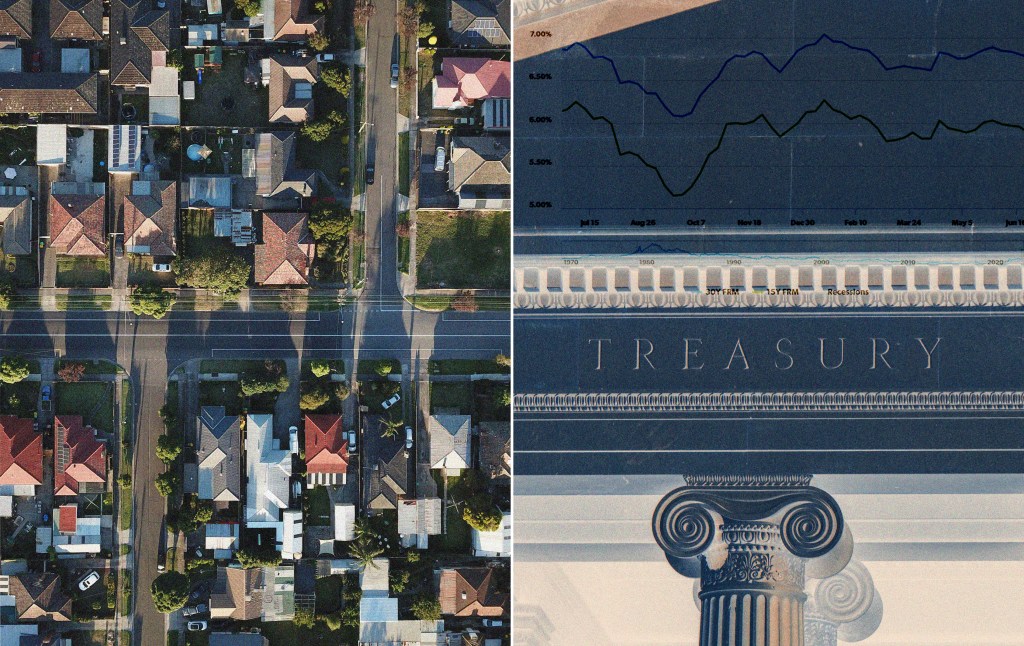
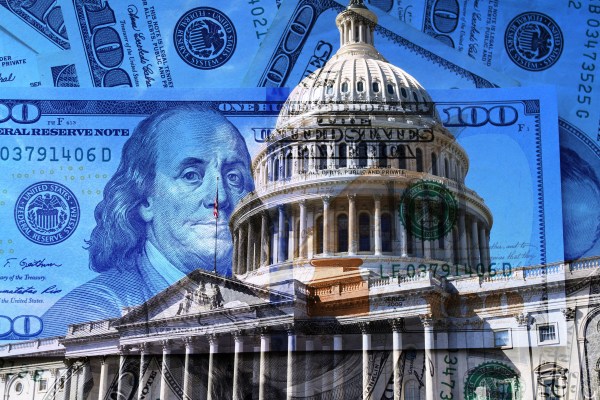
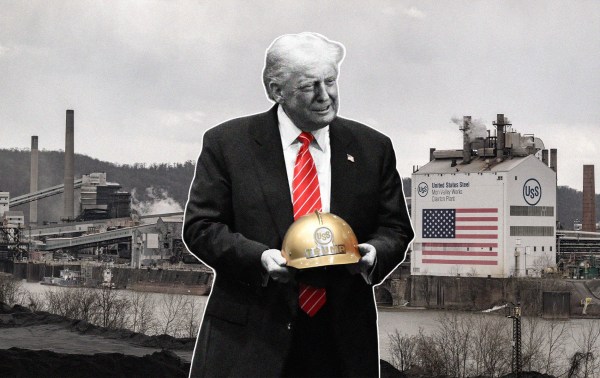


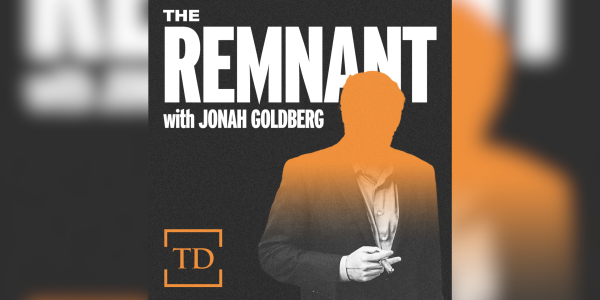
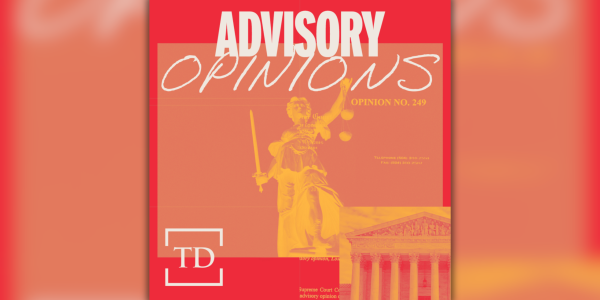


Please note that we at The Dispatch hold ourselves, our work, and our commenters to a higher standard than other places on the internet. We welcome comments that foster genuine debate or discussion—including comments critical of us or our work—but responses that include ad hominem attacks on fellow Dispatch members or are intended to stoke fear and anger may be moderated.
With your membership, you only have the ability to comment on The Morning Dispatch articles. Consider upgrading to join the conversation everywhere.